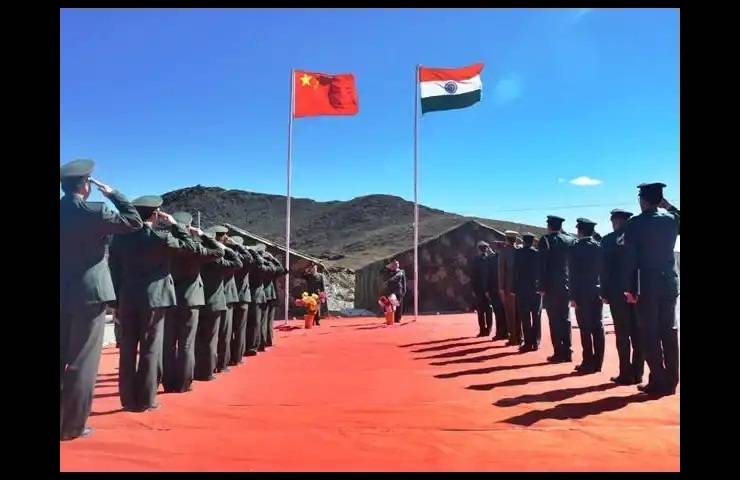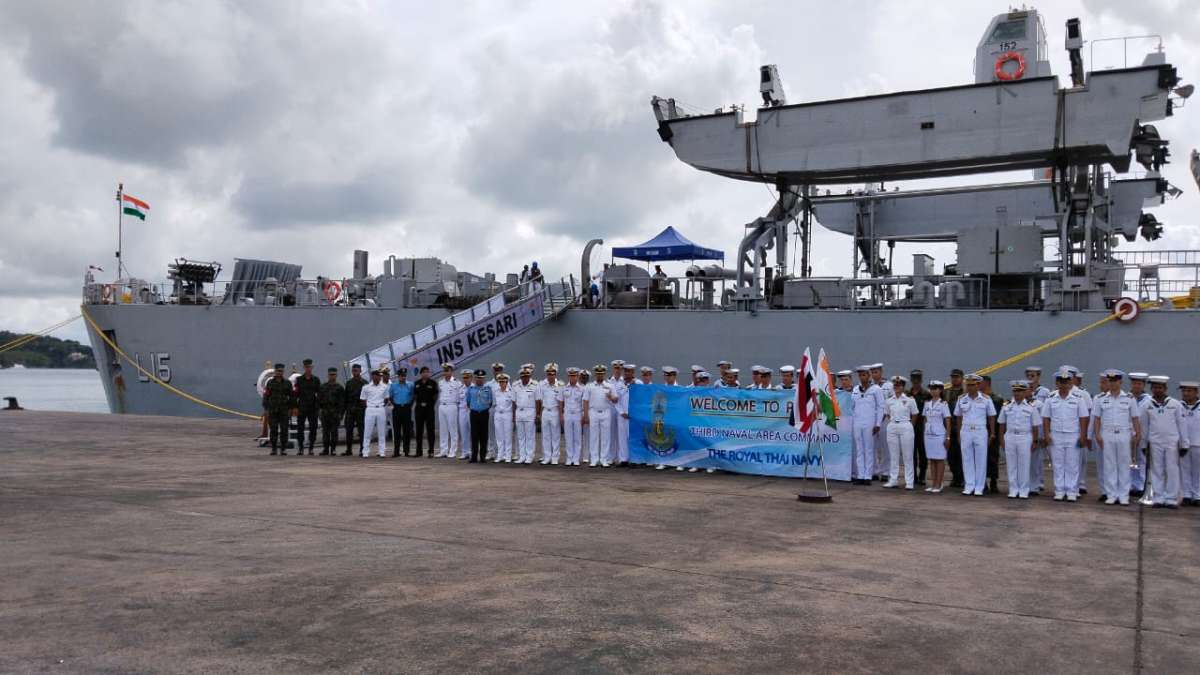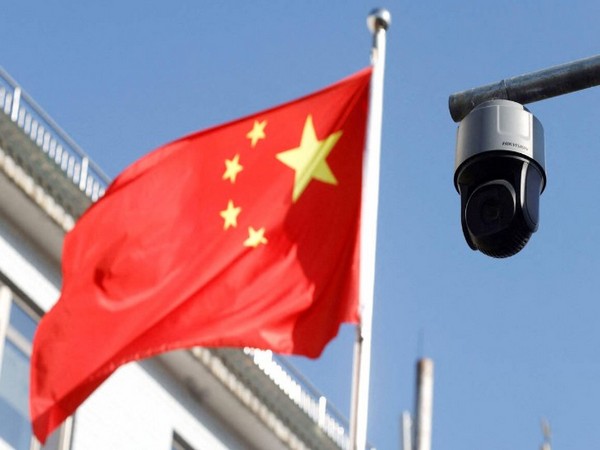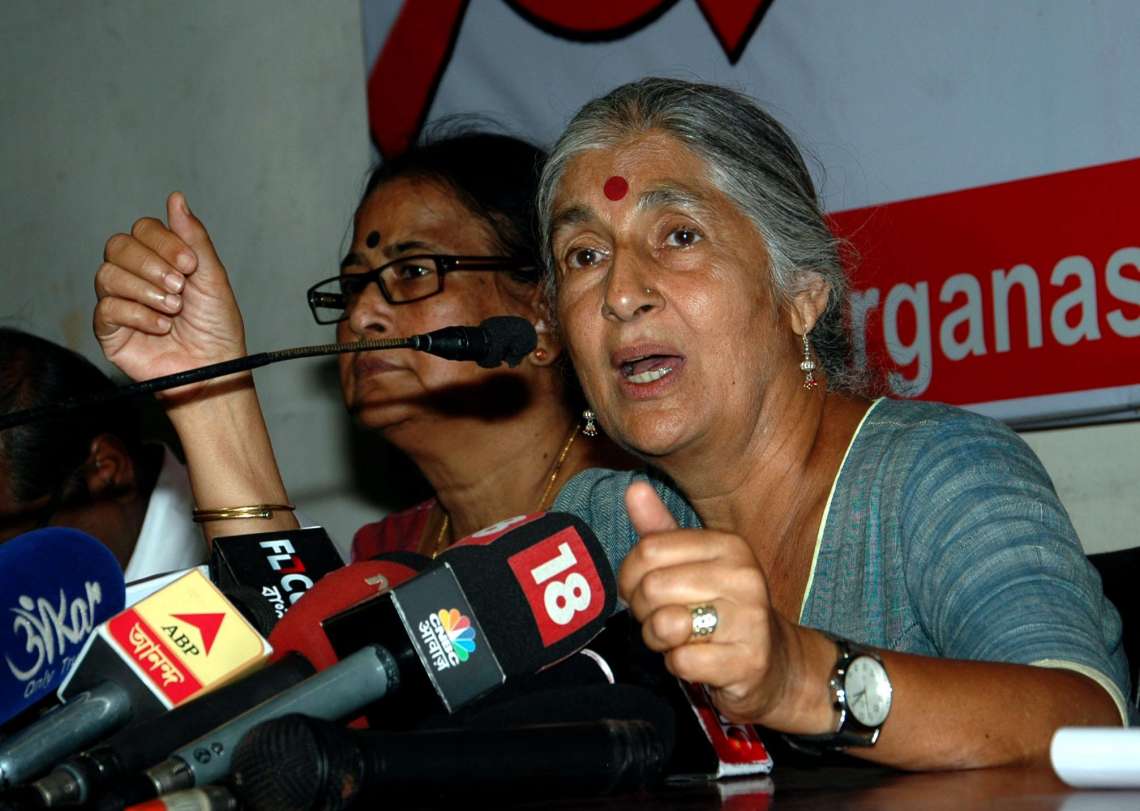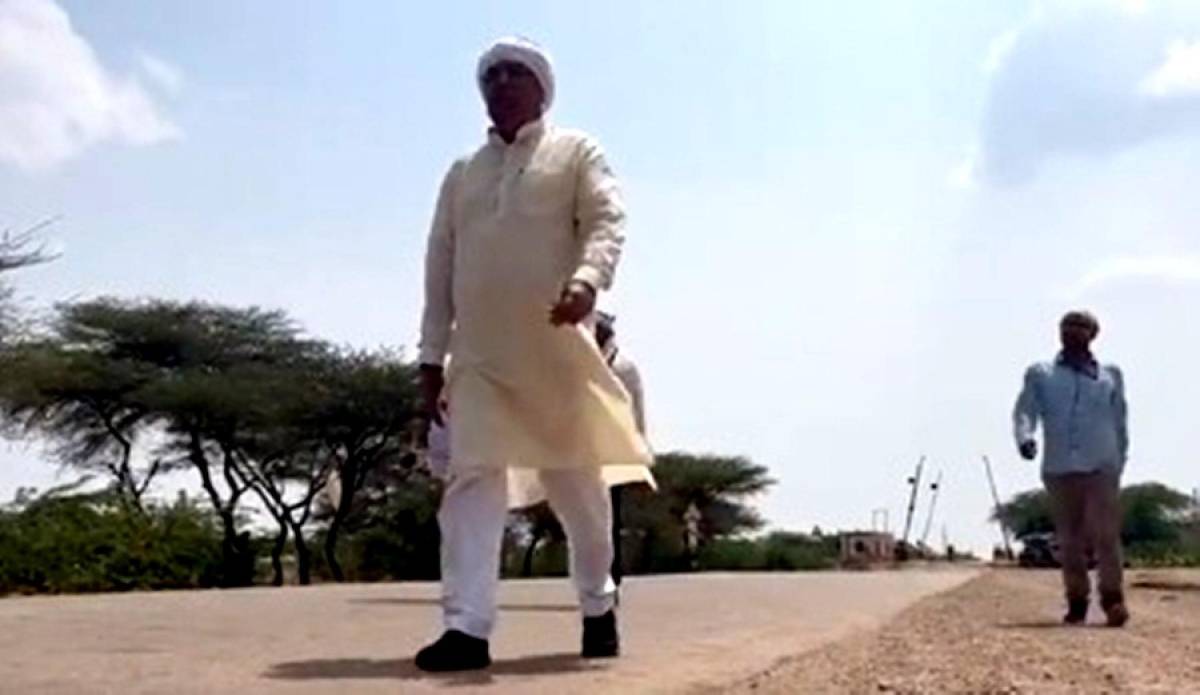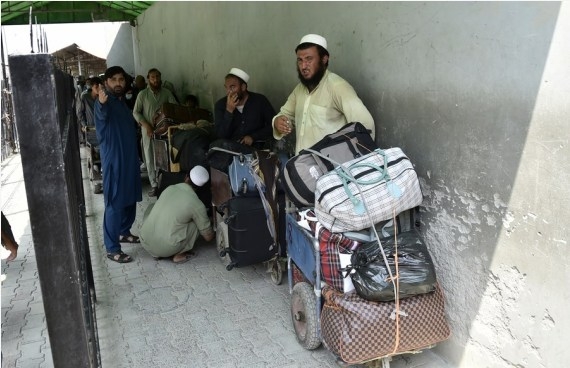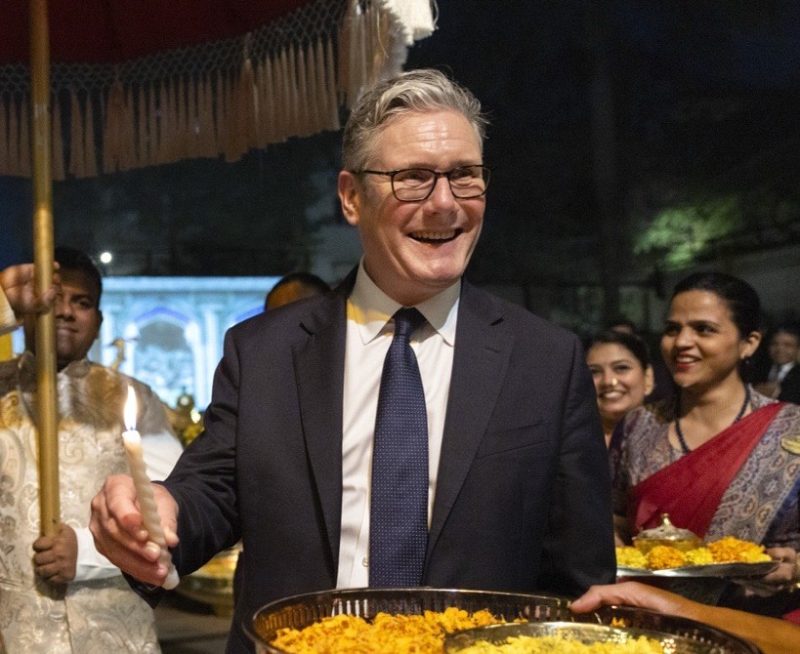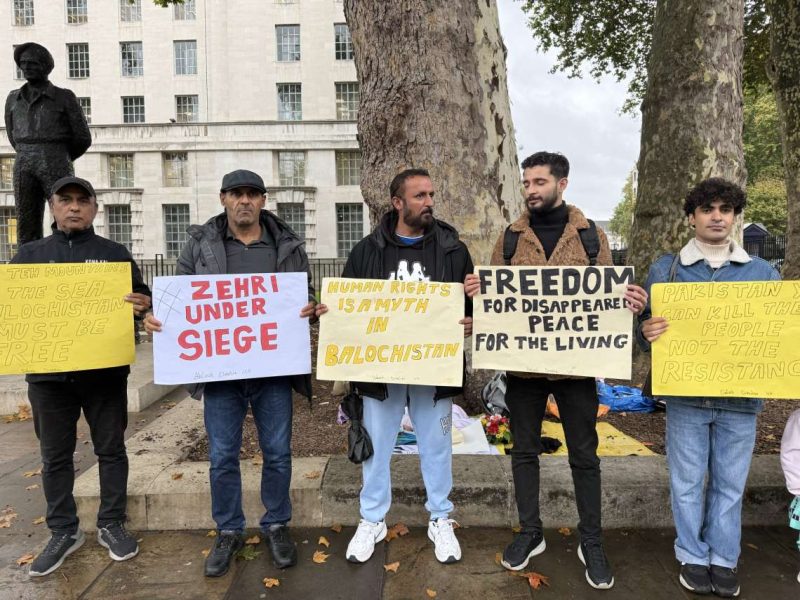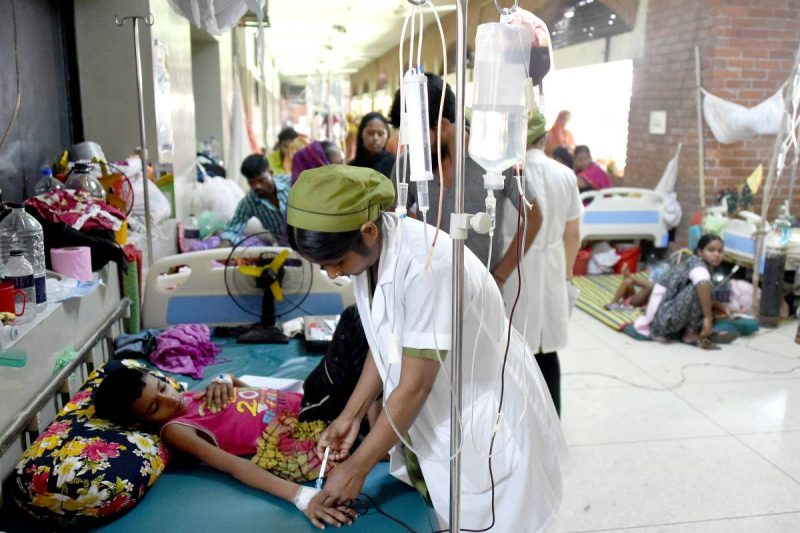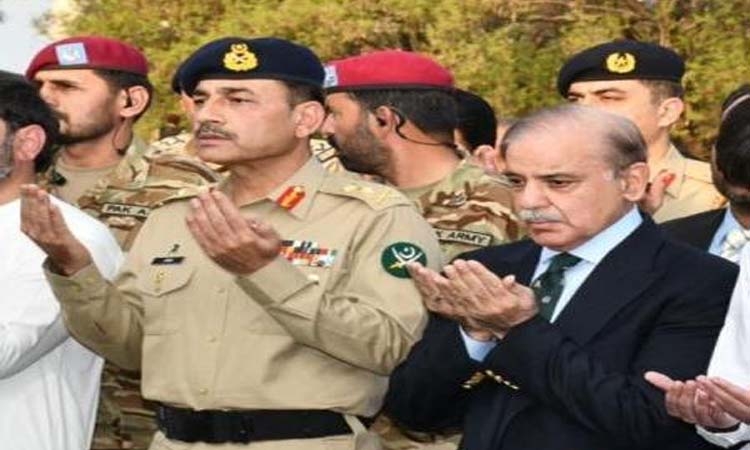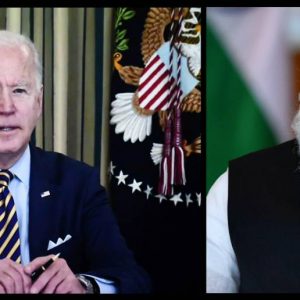The two armies held eight rounds of talks in 2020 with the first held in June of that year, five rounds in 2021, and have held three rounds of talks so far this year….reports Asian Lite News
The disengagement of Indian and Chinese soldiers from Patrol Point-15 (Gogra-Hot Springs area) in eastern Ladakh is set to be wrapped up by Monday as announced by the two sides earlier, officials monitoring the standoff said on Sunday, asking not to be named. The process involves troops moving back to rear positions and dismantling of the temporary infrastructure created there.
The much-awaited disengagement, announced on September 8, is likely to result in the creation of a buffer zone of 2 to 4 km, as was done after previous rounds of troop pullback from friction points on the contested Line of Actual Control (LAC), said one of the officials cited above.
India and China on Thursday announced that their frontline troops have kicked off disengagement from PP-15 in eastern Ladakh where the Indian Army and the People’s Liberation Army (PLA) have been locked in a lingering standoff for over 28 months, with the breakthrough coming after the 16th round of military talks in July to cool tensions in the sensitive sector.
This is the fourth round of disengagement between the two armies.
“Disengagement from PP-15 is progressing in a coordinated and planned way. Joint verification to assess the implementation of the process will follow,” said a second official.
Disengagement of Indian and Chinese soldiers from friction points on LAC in the Ladakh sector had been stuck for over a year, with the last breakthrough coming in August 2021 when the two armies pulled back their forward deployed troops from the Gogra sector (PP-17A).
The two sides withdrew their soldiers from the Gogra sector, which was one of the friction points on LAC, to their permanent bases days on August 4-5 after the 12th round of military talks held between corps commander-ranked officers on July 31, 2021.
“Given the experience of dealing with China, we have to be cautious. Over the last three decades, India has signed several agreements with China for border peace, but it has always betrayed us,” military affairs expert Lieutenant General DB Shekatkar (retd) said when the latest disengagement was announced on September 8.
The rival armies have been locked in a tense standoff since May 2020. Despite 16 rounds of military talks held so far, problems at Depsang Bulge in Daulet Beg Oldi sector and Charding Nullah Junction (CNJ) in Demchok sector are still on the negotiating table.
The two armies held eight rounds of talks in 2020 with the first held in June of that year, five rounds in 2021, and have held three rounds of talks so far this year.
After the 16th round of talks on July 17, India and China said they would stay in close contact and maintain dialogue through military and diplomatic channels for a mutually acceptable resolution of problems along LAC at the earliest.
Despite four rounds of disengagement from Galwan Valley, Pangong Tso, Gogra (PP-17A) and now PP-15, the two armies still have around 60,000 troops each and advanced weaponry deployed in the Ladakh theatre.


